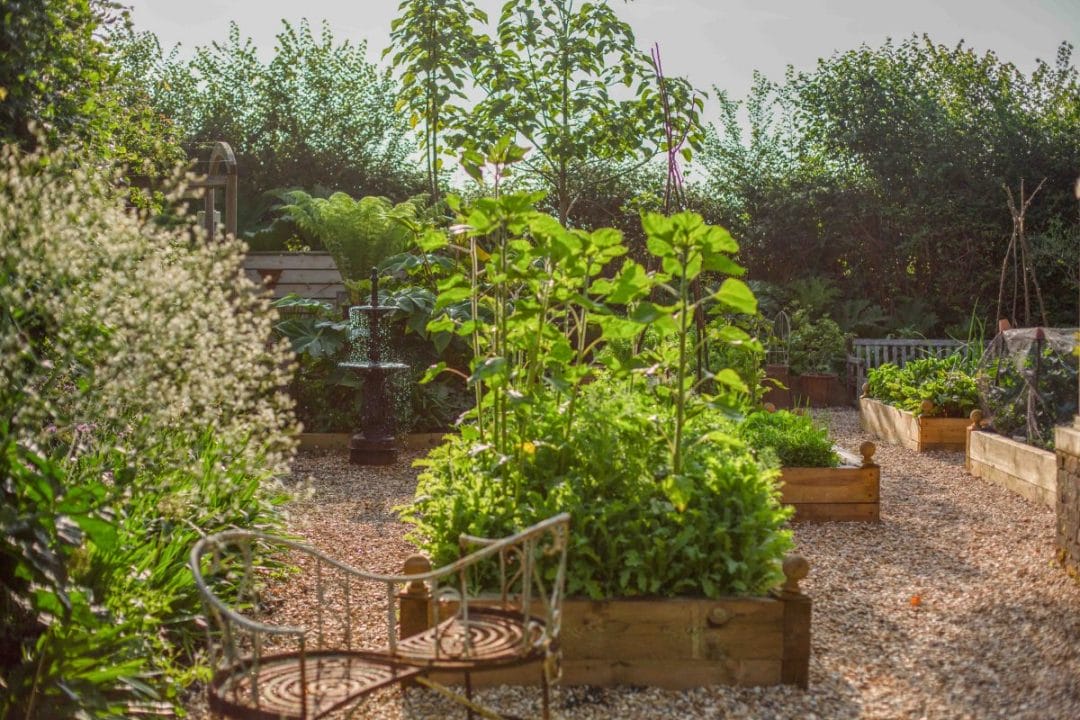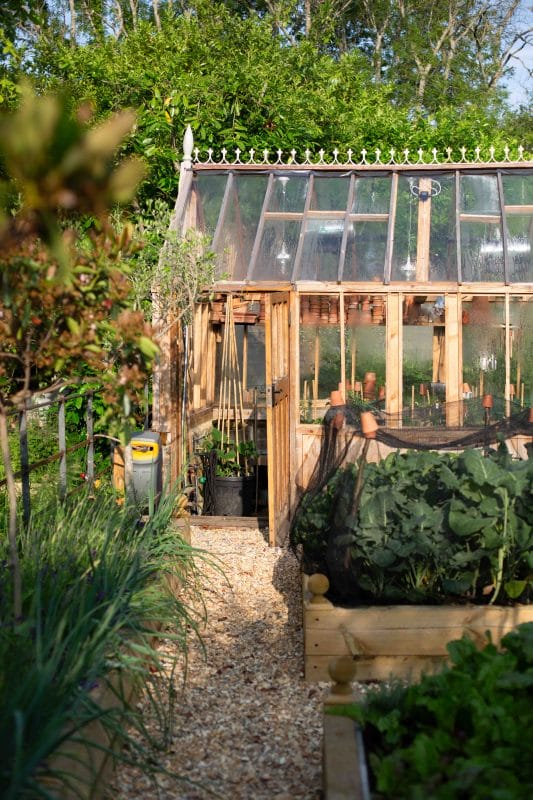Dreaming of harvesting your own fresh tomatoes, crisp lettuce or fragrant herbs? Starting a vegetable patch is one of the most rewarding ways to connect with nature, save money and enjoy food that truly tastes better. The good news: you don’t need acres of land or years of gardening experience. With a few basics, anyone can grow vegetables successfully.
Choose the Right Location
Most vegetables love sunshine. Aim for a spot that gets at least 6–8 hours of direct sunlight each day. Look for well-drained soil and avoid areas that stay waterlogged after rain. If your garden space is shady, consider leafy greens like spinach, lettuce or kale, which tolerate lower light.
Plan Your Patch
Start small! A plot around 2m x 2m is manageable for beginners. Raised beds, pots or even grow bags work perfectly if space is limited. Sketch a simple plan so you know what goes where. Taller plants like beans or tomatoes should go at the back or north side so they don’t shade smaller crops.


Prepare the Soil
Healthy soil means healthy plants. Loosen the ground with a fork, remove weeds and mix in compost or well-rotted manure to boost nutrients. If you’re using containers, fill them with good-quality potting compost.
Water and Feed Wisely
Most veggies need regular watering, especially in dry weather. Aim to keep the soil evenly moist but not soggy. Water in the morning if possible, and at the base of the plants to avoid fungal problems. A liquid feed every couple of weeks can give crops an extra boost.
Pick Easy Crops
Start with vegetables that are forgiving and quick to grow:
-
Lettuce and salad leaves – sow little and often for a steady supply.
-
Radishes – sprout in just a few weeks.
-
Tomatoes – great in pots and full of flavor.
-
Courgettes – prolific producers.
-
Herbs like basil, parsley or chives for quick wins.
Keep an Eye Out
Check your plants daily. This helps you spot pests (like slugs or aphids) before they get out of hand. Mulching with straw or compost can suppress weeds and lock in moisture.
Harvest and Enjoy
Pick your vegetables when they’re ready—smaller fruits often taste better than oversized ones. Regular harvesting encourages many plants, like beans and courgettes, to keep producing.

READ MORE

